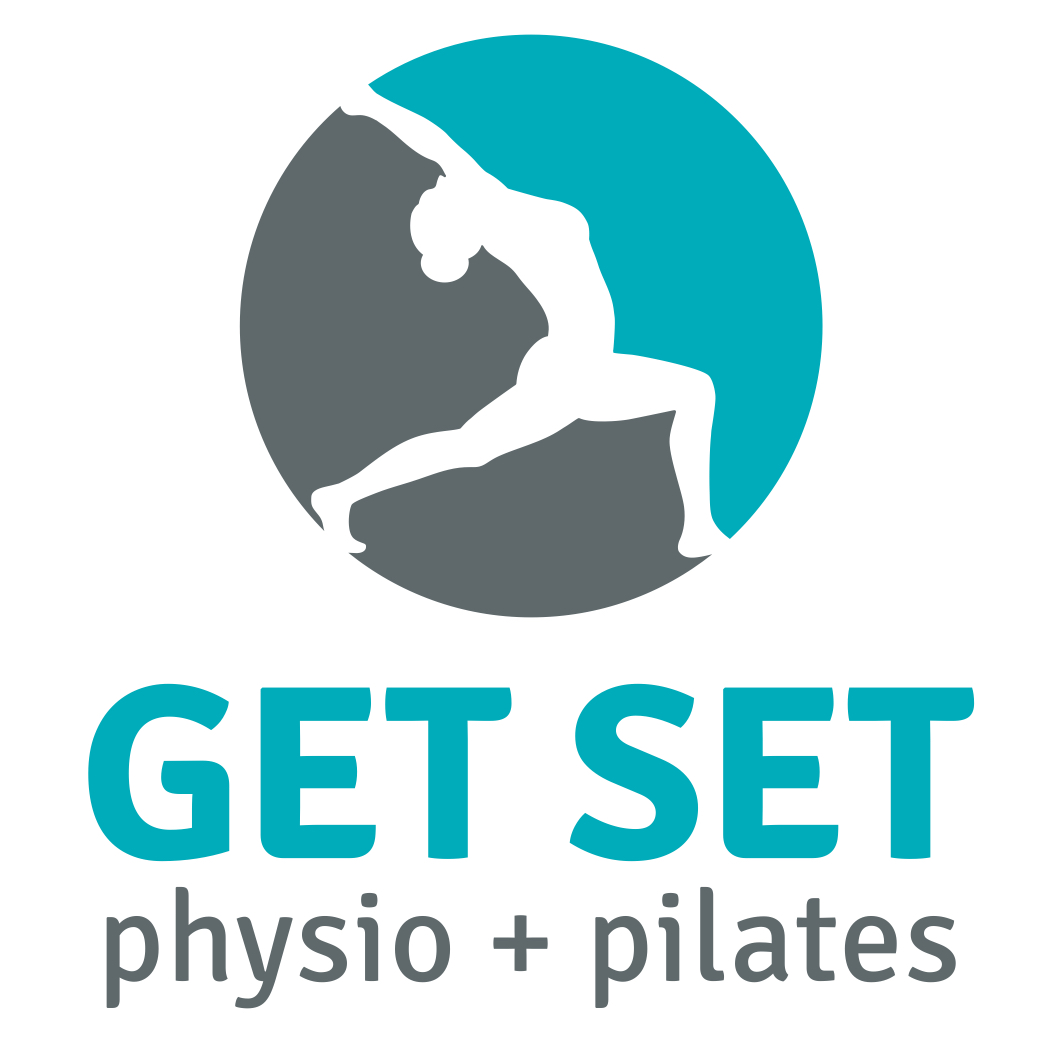A common question we get, particularly when people are sore or injured from work, is should I stand at work instead of sitting?
Let’s do a deep dive into the research on:
The effects of prolonged sitting
Things to avoid if sitting
What are the health problems from sitting too much
Should we stand all day?
How long should we sit for?
What to do?
Sitting ergonomics
Standing ergonomics
The effects of prolonged sitting
Sitting for too long can cause extra pressure on our back, neck, hip joints and muscles tightening in our lower limbs. It also encourages ‘forward neck’ posture as we lean over the desk, try and get closer to our screens causing slouching. Slouching encourages us to adapt poor posture that can strain certain muscles, make our joints stiffer and cause muscle weakness in our core, neck lower back and lower limb.
Things to avoid if sitting
Take off your heels where possible! It shortens the muscles of our lower limb even more, and strains our lower back;
Leaning on the desk – as above, it causes poor posture, muscle weakness and tightness which can lead to injury;
Sitting on one leg – this puts uneven pressures on our spine, and hips.
What are the health problems from sitting too much?
If we are sitting for too long during the day, we are adopting a sedentary lifestyle. There are several health risks associated with this type of behaviour including:
Anxiety;
Depression;
Cardiovascular (Heart) Disease;
Diabetes;
Cancer;
Varicose veins, and
Obesity
The last Australian Health Survey found that almost 70% of Australian adults can be classed as either sedentary or having low levels of physical activity.
Should we stand all day?
The short answer is – No. You can get just as many issues from standing all day particularly if you’re standing in the one position. This would still be classed as a sedentary behaviour/lifestyle.
Standing can cause issues in the:
Feet
Back
Lower limbs
And if we aren’t in “correct” posture
Neck
Core
“Correct” posture is about standing upright with our centre of mass traveling through the centre of our body to evenly distribute our weight and effect of gravity through our joints. However, we shouldn’t stand like this all day – research has found that workers start to experience low grade pain that. May become severe within 30 minutes of standing.
How long should we sit for?
We shouldn’t sit in any sustained posture for more than 30 minutes.
We shouldn’t sit for more than 7 hours total within a day.
What to do?
We should do – BOTH! At work, where possible we should also have:
Standing mats
Sit-stand workstations
Ergonomic chairs
One work screen
Proper shoe inserts
Good hosiery/stockings to assist with swelling/varicose veins
Ergonomics
Sitting Ergonomics
Top of computer or laptop screen at eye level.
Distance to the screen an arm’s length.
Ergonomic chair supporting the spine.
Forearms at horizontal with shoulders relaxed and able to rest on the desk
Back rest reclined at 20-30° from vertical.
Knees approximately at 90° and supported.
Feet flat on the floor
Standing Ergonomics
Top of screen at eye level.
Distance to the screen an arm’s length.
Forearms at horizontal with shoulders relaxed
Standing mat to take pressure of joints
Summary
The best posture is posture that is constantly changing and moving. We shouldn’t be standing or sitting still in a position for more than 30 minutes and shouldn’t be in either position for more than 7 hours a day!
Where possible have good ergonomics with sitting and standing, as well as utilise standing mats, shoe inserts and hosiery to assist with protecting our health.
If you’re suffering from pain, get it looked at early. Try to change your work environment and start moving more!


